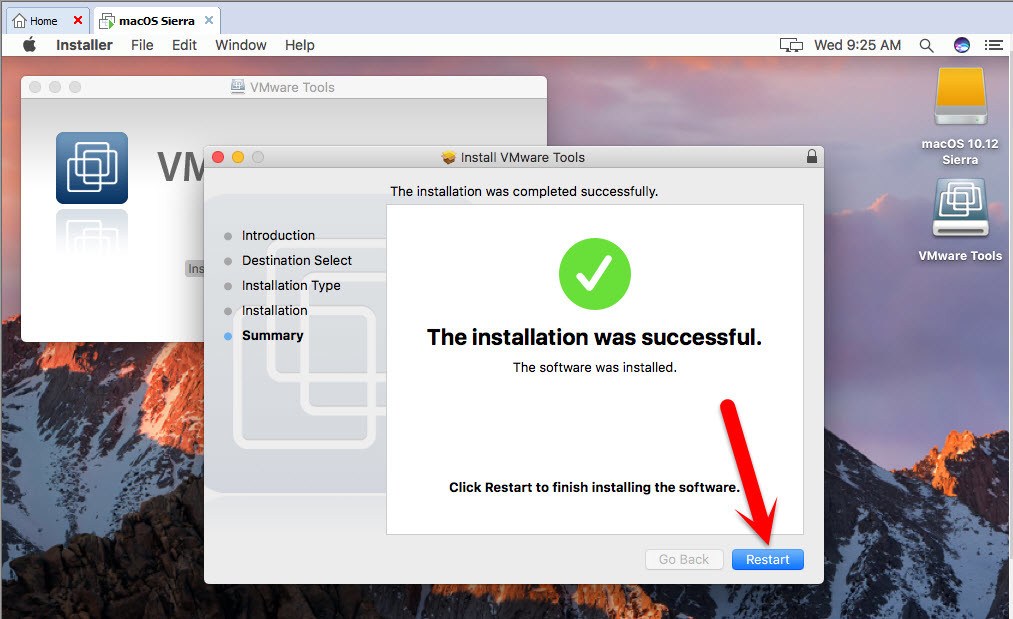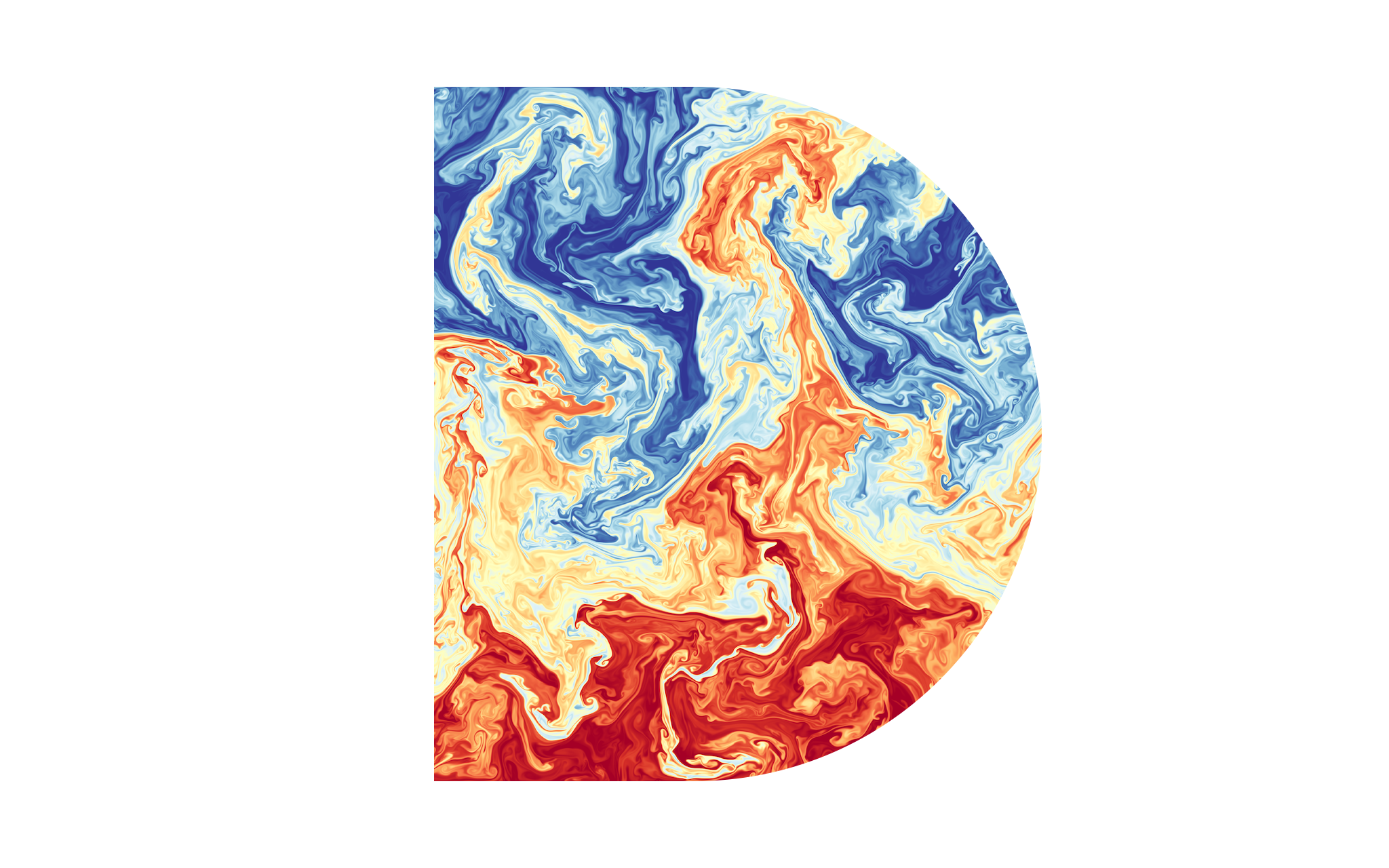
Maybe julia stands for “Jeff’s uncommon lisp is automated”? It just seemed like a pretty name." Bezanson said he chose the name on the recommendation of a friend, then years later wrote: In an interview with InfoWorld in April 2012, Karpinski said of the name "Julia": "There's no good reason, really. On 14 February 2012, the team launched a website with a blog post explaining the language's mission.
#Install mpi for mac os x free#
Shah, and Alan Edelman, who set out to create a free language that was both high-level and fast. Work on Julia was started in 2009, by Jeff Bezanson, Stefan Karpinski, Viral B. a profiler (and flame graph support available for the built-in one), debugger, and the Rebugger.jl package "supports repeated-execution debugging" and more. providing debugging and linting support) with integrated tools, e.g. Microsoft's Visual Studio Code, with extensions available adding Julia support to IDEs, e.g.

Several development tools support coding in Julia, such as integrated development environments (e.g. Many libraries are available, including some (e.g., for fast Fourier transforms) that were previously bundled with Julia and are now separate. Julia is garbage-collected, uses eager evaluation, and includes efficient libraries for floating-point calculations, linear algebra, random number generation, and regular expression matching.
#Install mpi for mac os x code#
Julia uses a just-in-time (JIT) compiler that is referred to as "just- ahead-of-time" (JAOT) in the Julia community, as Julia compiles all code (by default) to machine code before running it.

Julia supports concurrent, (composable) parallel and distributed computing (with or without using MPI or the built-in corresponding to " OpenMP-style" threads ), and direct calling of C and Fortran libraries without glue code. ĭistinctive aspects of Julia's design include a type system with parametric polymorphism in a dynamic programming language with multiple dispatch as its core programming paradigm. While it is a general-purpose language and can be used to write any application, many of its features are well suited for numerical analysis and computational science.

Julia is a high-level, high-performance, dynamic programming language. Mathematica (strictly its Wolfram Language ).


 0 kommentar(er)
0 kommentar(er)
